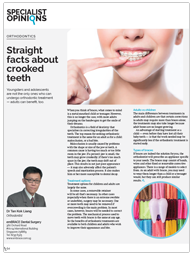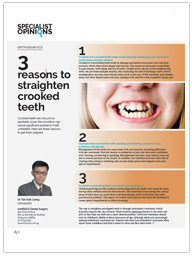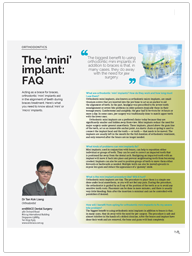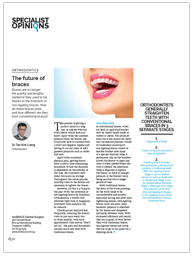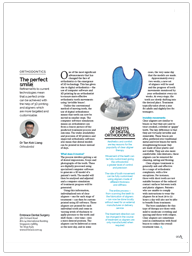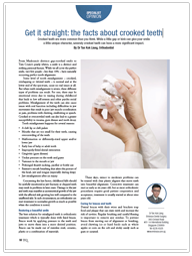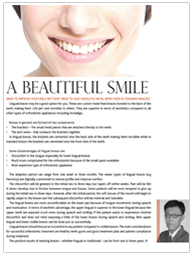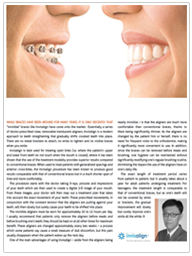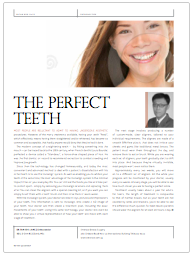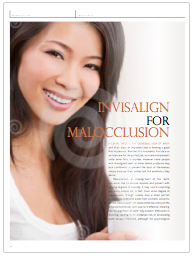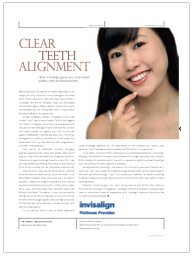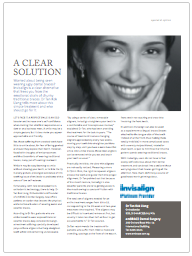BRACES ARE NO LONGER THE PAINFUL AND LENGTHY SENTENCE THEY USED TO BE, THANKS TO THE INVENTION OF NON-LIGATING BRACES. HOW DO THESE BRACES WORK, AND HOW DIFFERENT ARE THEY FROM CONVENTIONAL BRACES?
The process of getting a perfect smile is a long one, as anyone who has worn braces would have you know. Apart from the constant pressure from the braces, one would also have to contend with a strict oral hygiene regime and having to cut out some of life’s greatest pleasures such as toffee and nuts.
Apart from occasional physical pain, getting braces done is also a time-consuming procedure. While the duration is dependent on the severity of the case, the treatment lasts about two years on average. Throughout the entire process, monthly visits to the dentist are necessary to tighten the braces.
However, all this is a thing of the past. With the invention of non-ligating braces by Innobrace Orthodontics, a world’s first invented right here in Singapore, treatment time and pain can be reduced.
Check-ups are required less frequently, reducing the dentist visits to just once every two to three months, with each appointment time halved. That’s not all – the pain and discomfort are also much less than with traditional braces.
How they work
In conventional braces, wires are held in rigid solid bracket slots by elastic bands made of rubber or metal. The pressure from the wires moves the teeth into the desired position. Unlike its traditional counterpart, non-ligating braces consist of flexible bracket slots made of a special titanium alloy. A permanent clip on the brackets allows the dentist to open and close it when needed when the wire is affixed. No additional work is required to tighten the braces, as there is enough pressure in the bracket walls being exerted over a longer period of time.
With traditional braces, the force of the wires pressing on the teeth tends to be uncomfortable and painful, especially during and after each tightening session. Non-ligating braces cause less pain, since excessive pressure is absorbed by the braces and dissipated optimally between visits. With increased efficiency and results that are as good, or even better than with traditional braces, non-ligation braces are surely the way to go in the quest for a dazzling smile.
ORTHODONTISTS GENERALLY STRAIGHTEN TEETH WITH CONVENTIONAL BRACES IN 3 SEPARATE STAGES:
- Alignment of teeth
- Closure of spaces and jaw to jaw coordination
- Finishing which includes fine-tuning the 3-dimensional positions of individual teeth. With non-ligating braces, Stage 2 can be started almost as soon as treatment is started and Stage 3 can be started before finishing Stage 2. Although each stage may take the same time, this overlapping of stages in non-ligating braces helps the orthodontist to reduce treatment time.

